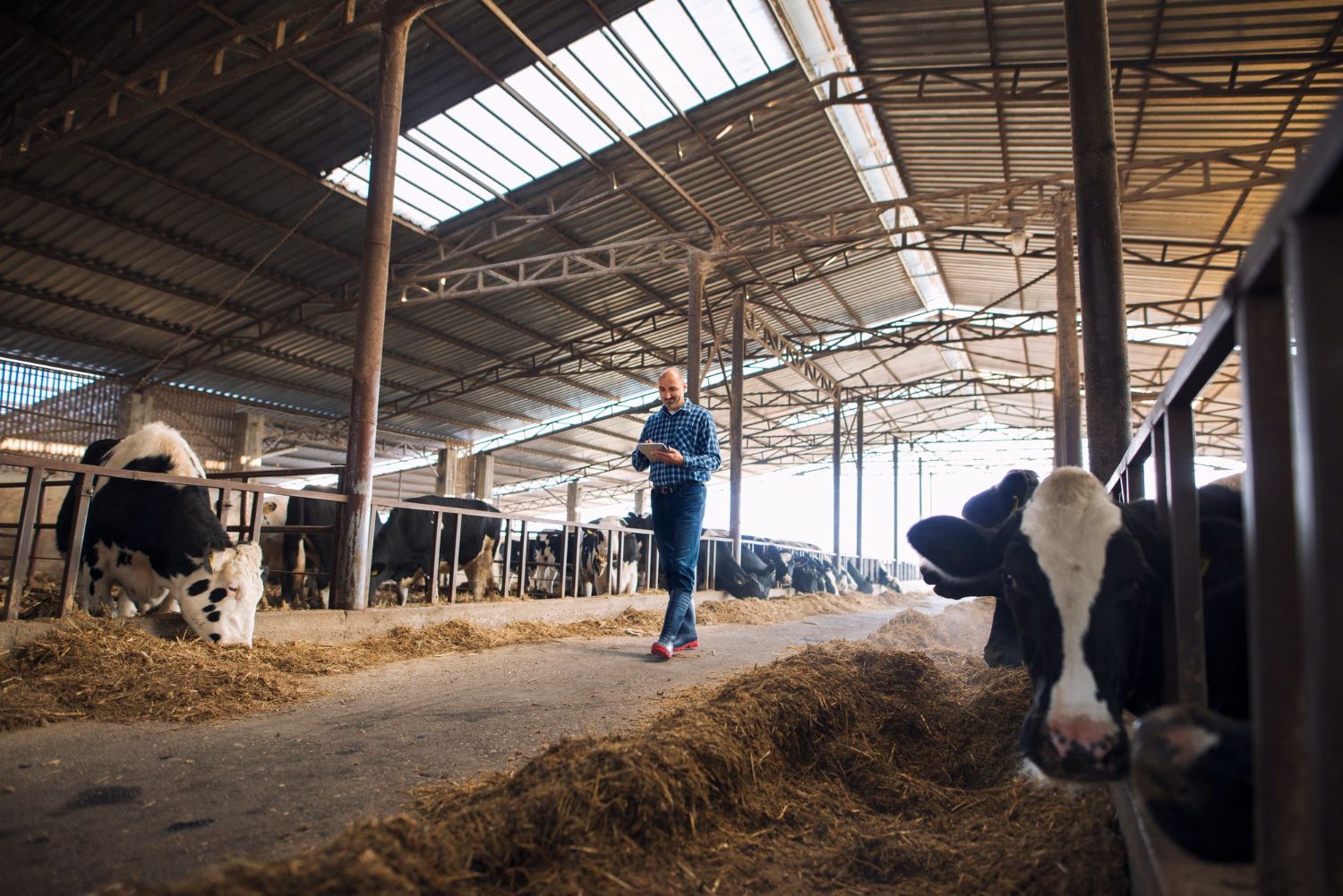Post-pandemic life has provided little respite for organisations, in fact macro-economic pressures have exacerbated an already demanding business landscape. Executives often find themselves caught in a relentless cycle of work, constantly pushing themselves to meet targets, drive growth, and deliver results. While dedication and commitment are essential for success, the cost of neglecting work-life balance can be detrimental not only to the well-being of executives but also to the overall productivity and profitability of their organisations. This article explores the hidden costs of burnout and why organisations should prioritise work-life balance for executives, presenting compelling evidence that demonstrates how a healthier work-life balance can actually increase productivity and profitability.
The food manufacturing industry poses unique challenges when it comes to providing employees with greater flexibility and work-life balance, particularly in environments where workers may be engaged in shift work on a production line. While the benefits of work-life balance apply universally, implementing flexible policies and practices in this industry requires careful consideration of operational requirements, safety regulations, and the specific needs of employees.
Flexibility vs. Freedom to Balance Work/Life Priorities
One of the key aspects of work-life balance is the ability to find a harmonious blend between professional responsibilities and personal life. Many organisations have embraced flexible work arrangements to address this issue, allowing employees to have more control over their schedules and the location of their work. While flexibility is often seen as the solution, it's important to distinguish it from freedom.
Flexibility refers to the ability to adjust working hours or work remotely occasionally, while freedom implies having autonomy and choice over how work is done. While flexibility is a step in the right direction, it often falls short of addressing the deeper issue of work-life balance. True work-life balance requires an environment where executives have the freedom to make decisions about their priorities, both in and outside of work, without feeling guilty or facing negative consequences.
When employees have the freedom to balance their work and personal priorities, they are more likely to experience higher job satisfaction, lower stress levels, and increased loyalty to their organisation. This autonomy fosters a sense of ownership and empowerment, leading to higher engagement and productivity. In fact, a study conducted by the
American Psychological Association found that employees with greater autonomy reported higher job satisfaction and were less likely to experience burnout.
The Importance of Choice and Autonomy
Choice and autonomy are fundamental psychological needs that have a profound impact on employee well-being and organisational success. When individuals feel that they have control over their work and can make decisions aligned with their values and preferences, they are more likely to be motivated and committed.
Moreover, granting executives the autonomy to determine their work-life balance can lead to more engaged and loyal employees. According to a study conducted by the
University of Warwick, happy employees are 12% more productive than their unhappy counterparts. By providing the choice to balance work and personal commitments, organisations can create a culture of trust and mutual respect, resulting in higher levels of employee engagement and retention.
Rethinking Productivity Metrics
Traditional productivity metrics often focus on hours worked, output quantity, or meeting tight deadlines. While these metrics may provide a superficial understanding of productivity, this narrow perspective fails to account for the quality of work, creativity, and innovation that are vital for long-term success. Nor does it capture the true value that employees bring to their organisations. Executives are not machines, and their value should not be reduced to the number of hours they spend in the office. Rethinking productivity requires shifting the focus from quantity to quality, from input to output, and from presenteeism to effectiveness.
A more holistic approach to measuring productivity, considering factors such as employee well-being, work satisfaction, and overall contribution to the organisation's mission offers a better window into true performance. Instead of measuring the number of hours an employee spends at their desk, leaders can focus on outcomes achieved, impact made, and value created. Emphasising results rather than mere effort encourages employees to work smarter, not harder and allows them to prioritise tasks that truly contribute to organisational goals.
Redefining productivity metrics sends a clear message that work-life balance is valued and that employees' well-being and contribution go beyond mere time spent at work. By recognising the importance of work-life balance and encouraging executives to take time for self-care, organisations can create an organisational culture that fosters productivity, innovation, and long-term success.
Shifting the Paradigm: The Benefits of Prioritising Work-Life Balance
Now that we've explored the hidden costs of burnout and the importance of work-life balance for executives, let's delve into the tangible benefits that organisations can reap by prioritising this crucial aspect.
- Enhanced Productivity: Numerous studies have shown that overworked and burnt-out employees are more prone to errors, lack focus, and experience reduced cognitive abilities. In contrast, well-rested and balanced executives bring fresh perspectives, increased creativity, and improved decision-making skills to the table. Prioritising work-life balance enables executives to recharge and show up at work with renewed energy and vigour, ultimately driving higher levels of productivity.
- Improved Employee Well-being: When executives are constantly juggling work demands and personal responsibilities, their mental and physical health suffer. Chronic stress and burnout not only impact individuals physically and emotionally but also have ripple effects on their performance and well-being. Prioritising work-life balance allows executives to prioritise self-care, reducing stress levels and promoting overall well-being. This, in turn, leads to increased job satisfaction, lower rates of absenteeism, and improved overall health.
- Talent Attraction and Retention: In today's competitive job market, attracting and retaining high-performing executive talent is a constant challenge for organisations. Candidates are increasingly prioritising work-life balance and a supportive culture when considering potential employers. By prioritising work-life balance for executives, organisations can position themselves as employers of choice, attracting high-performing individuals who value healthy work-life integration. Furthermore, when executives experience a healthy work-life balance, they are more likely to stay with the organisation long-term, reducing turnover costs and ensuring continuity.
- Enhanced Creativity and Innovation: Overworking and burnout stifle creativity and hinder innovation. When executives are constantly stretched thin and lacking time for reflection and rejuvenation, they are less likely to come up with innovative ideas or think outside the box. On the other hand, a balanced work-life allow executives the mental space and freedom to explore new possibilities, encouraging creativity and fostering a culture of innovation within the organisation.
- Positive Organisational Culture: Prioritising work-life balance sends a powerful message to the entire organisation about the values and priorities of the company. When executives are encouraged to achieve a healthy work-life balance, it sets a precedent for the rest of the employees, creating a culture that values well-being, personal growth, and work-life integration. This positive culture, in turn, leads to higher employee morale, stronger teamwork, and increased organisational loyalty.
The hidden costs of burnout among executives can have far-reaching implications for both individuals and organisations. By prioritising work-life balance, organisations can not only mitigate these costs but also unlock numerous benefits that contribute to increased productivity and profitability. Flexibility alone is not enough; true work-life balance requires giving executives the autonomy and freedom to make choices that align with their personal priorities.
By rethinking productivity measurement, organisations can recognize the importance of quality over quantity and foster a culture that values well-being and innovation. Embracing work-life balance for executives is an investment that pays off from day one. The very best executive talents are driven by purpose, they want to make a lasting impact but it’s essential they can do so sustainably. It's time for organisations to prioritise work-life balance and reap the rewards of a healthier, more productive, and profitable future.
At ELR Executive we have over 20 years of experience helping FMCG and Food and Beverage organisations identify and attract executive talent who create high-performing cultures that positively shape business futures. If you'd like to learn more about how we can help you help build purpose into your candidate screening and interview process, speak to us today.


